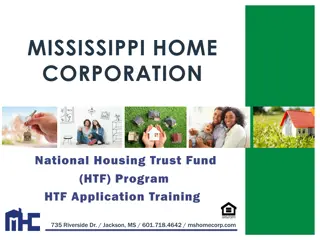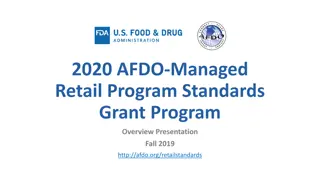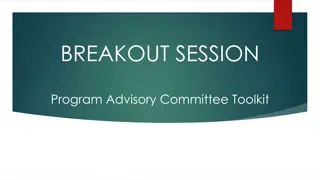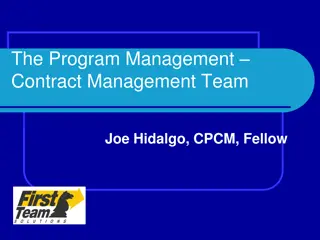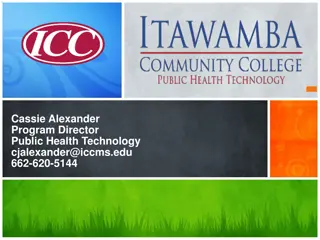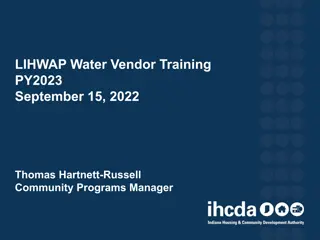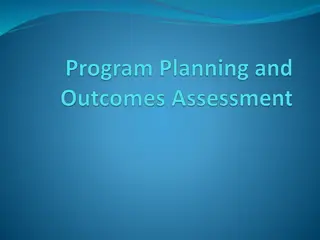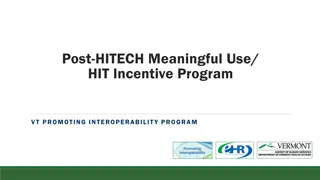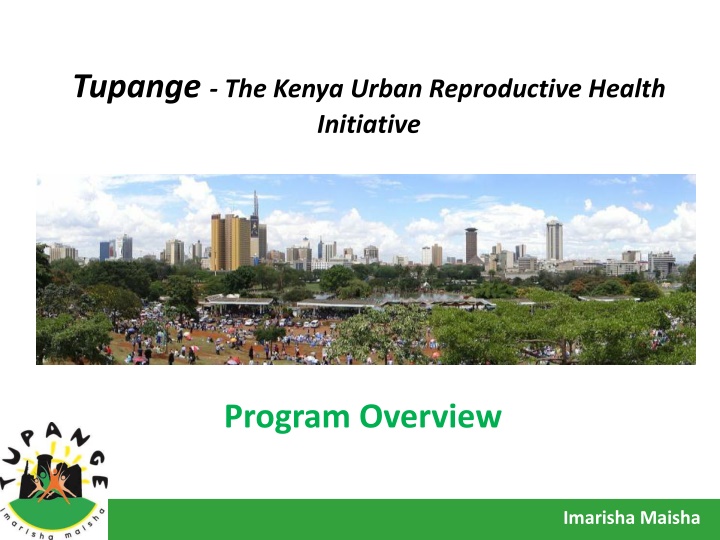
Kenya Urban Reproductive Health Initiative Overview
Learn about Tupange, The Kenya Urban Reproductive Health Initiative, part of a broader Gates-funded program in four countries. Explore its goals, objectives, project sites, and strategic approach to improving contraceptive prevalence rates among the urban poor in Kenya.
Download Presentation

Please find below an Image/Link to download the presentation.
The content on the website is provided AS IS for your information and personal use only. It may not be sold, licensed, or shared on other websites without obtaining consent from the author. If you encounter any issues during the download, it is possible that the publisher has removed the file from their server.
You are allowed to download the files provided on this website for personal or commercial use, subject to the condition that they are used lawfully. All files are the property of their respective owners.
The content on the website is provided AS IS for your information and personal use only. It may not be sold, licensed, or shared on other websites without obtaining consent from the author.
E N D
Presentation Transcript
Tupange - The Kenya Urban Reproductive Health Initiative http://upload.wikimedia.org/wikipedia/commons/thumb/e/eb/Nairobi_UhuruPark_Panorama_2010.jpg/1400px-Nairobi_UhuruPark_Panorama_2010.jpg Program Overview Imarisha Maisha
Outline of Presentation Background Information Project Basic Information Goal and Objectives Consortium + Partners Project Sites What's different about Tupange
Project Overview Part of a broader Gates-funded Urban Reproductive Health Initiative Four Countries: India, Kenya, Nigeria, Senegal 5 Year Program The M&E for all URHIs will be done by Measurement, Learning and Evaluation Project
Project Goal To achieve a 20 percentage point increase in contraceptive prevalence rates in each of the selected urban centers, specifically among the urban poor.
Project Objectives 1. Develop cost-effective interventions for integrating quality FP with MNH, HIV/AIDS, PP and PAC programs 2. Improve the quality of FP services for the urban poor with emphasis on high-volume clinical settings. 3. Strengthen public-private partnerships and innovative private-sector approaches to increase access to and use of FP by the urban poor in the private sector 5
Project Objectives 4. Develop interventions for creating demand for and sustaining use of contraceptives among marginalized urban populations 5. Create a supportive policy environment for ensuring access to FP supplies and services for the urban poor through increased funding and financial mechanisms 6
Strategic Approach Focus on urban poor Aggressively address unmet need Targeted communication for BC & Education and accurate FP information Partnerships Public, Private, GoK, Communities Enhanced policy environment Gaps, pro-poor Systems e.g. provider capacity, supplies, information.
Tupange Project Sites Urban Site (Municipality) Population Nairobi 3,133,518 Mombasa 938,131 Kisumu 409,928 Expansion Sites Machakos 150,041 Kakamega 91,768 Source: 2009 Kenya population and Housing Census
Criteria for Urban Sites Selection City Status Nairobi, Mombasa, Kisumu Other Criteria Demographic characteristics Geographic factors - location Poverty index Slums/Informal settlements CPR/Unmet need Existence of FP/RH Programs/Partners Social cultural factors
Tupange Consortium Partners Jhpiego Center for Communication Programs (CCP/JHU) National Coordinating Agency for Population and Development (NCAPD) Marie Stopes International /Kenya (MSI/K) PharmAccess Africa Ltd (PAAL)
Other Key Partners Local Research Partner (KNBS): will assist with baseline survey Kenya Government: Ministries of Planning, MOPH&S, MOMS, Finance, Local Government/City /Municipal Councils/Country Governments CBOs/FBOs/NGOs Private Providers USAID, World Bank, other donors Urban Communities
Measurement, Learning and Evaluation Project (MLE) Key Points Advising on baseline Conducting mid-term and end-line evaluations Data analysis Knowledge sharing across the URHIs Building capacity of local research partner Partners University of North Carolina Population Center (lead) APHRC Population Reference Bureau International Centre for Research on Women
Project Timeline Year 1: Baseline Assessment Project Management arrangements No implementation of activities Years 2-3: Implementation in 3 cities Tupange to be evaluated against interventions in these cities End of year 3: mid-term evaluation Years 4-5: Scale up to 2 additional cities Tupange will be evaluated on 20% point CPR increase in these cities Diffusion will be measured End-line evaluation conducted toward close of 5th year
So Whats Unique About This Project? Emphasis on proof of concept Generation of new data for planning in urban centres Exclusively urban, focus on urban poor Some flexibility with private foundation funding as a basis for leveraging other resources. FP integration into existing services Building on existing programs/platforms and approaches
Headquarter Program Support Headquarter staff and working committees; Steering Committee, Technical Working Group, Consortium Partners Implementing Committee (CPIC) Project Director, Technical Advisors (Logistics, Communication & Demand Creation, Policy & advocacy, RH/FP, Community Health), Program and admin teams, Role: Project management, finance, strategic direction, technical oversight, overall M&E 15
County Staff County Program Manager Communication Officer Advocacy Officer Service Delivery officer Community Liaison Officer Private sector Coordinator Roles Technical support to implementing teams (MOH, MCM) Support coordination of program activities Financial support Execution of MOU Program monitoring and evaluation 16
Bill & Melinda Gates Foundation (Technical Design and Financial Support) Government of Kenya Ministry of Planning, National Development and Vision 2030 (NCAPD & KNBS) Ministries of Health Ministry of Local Government



